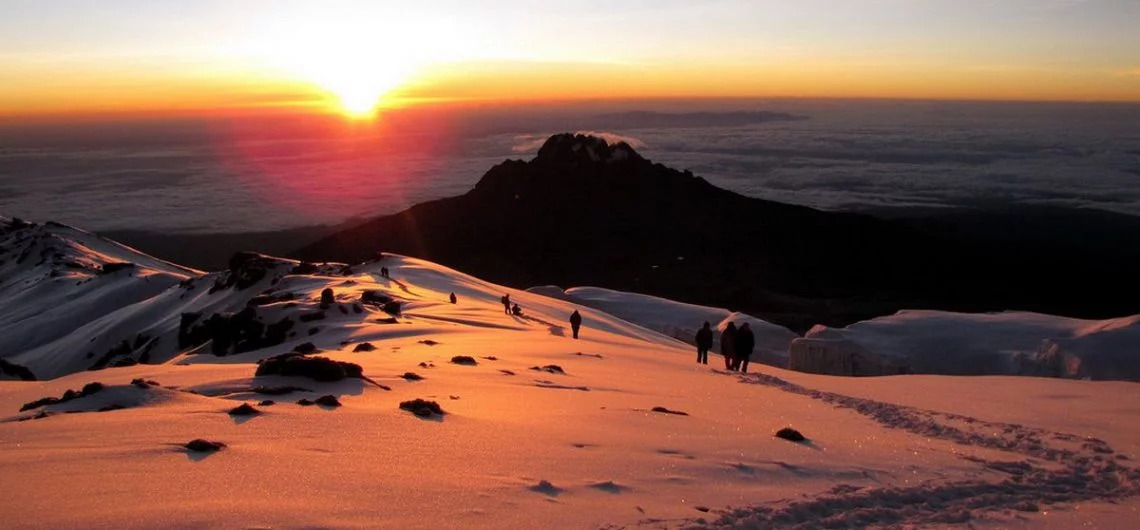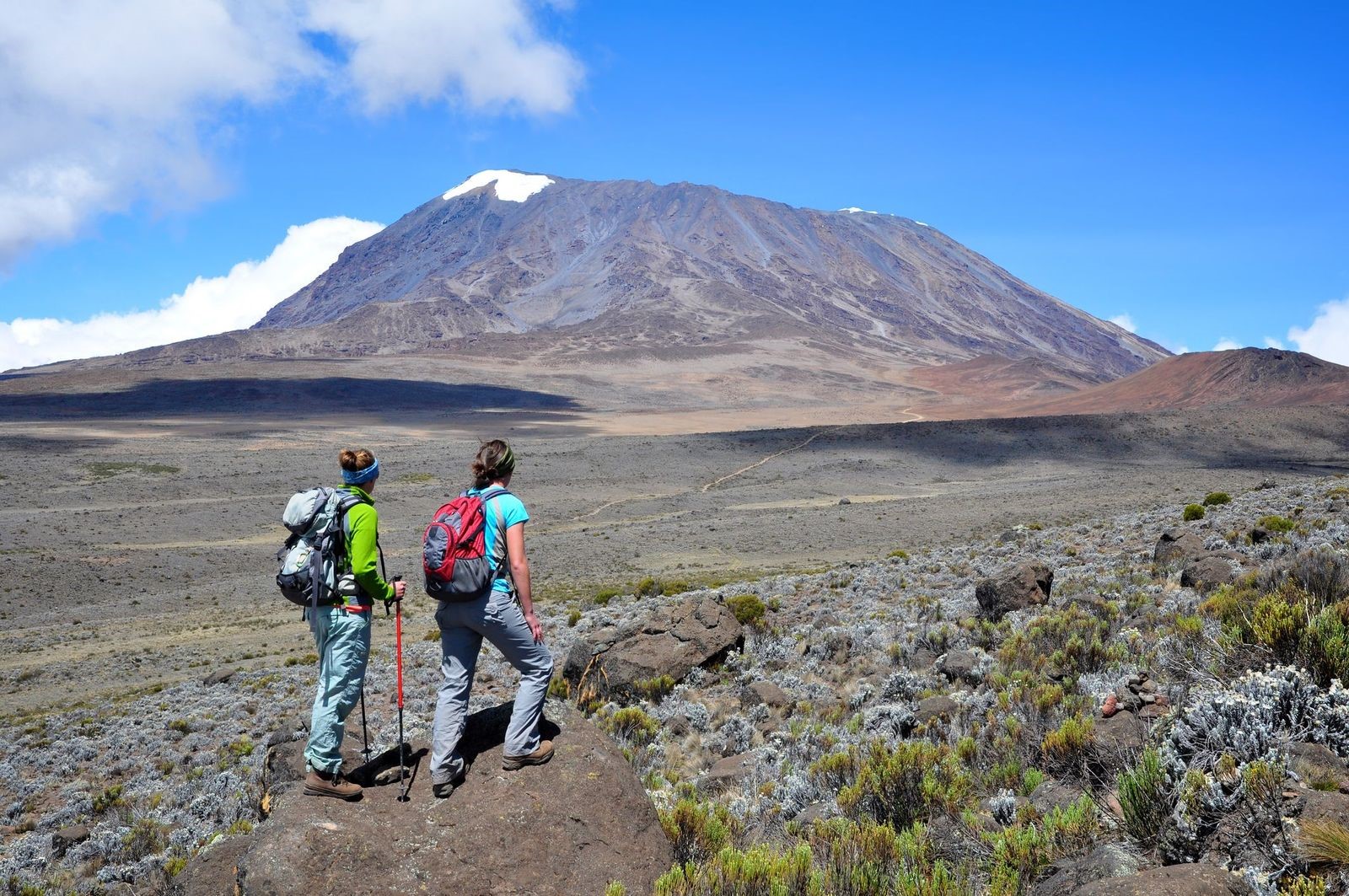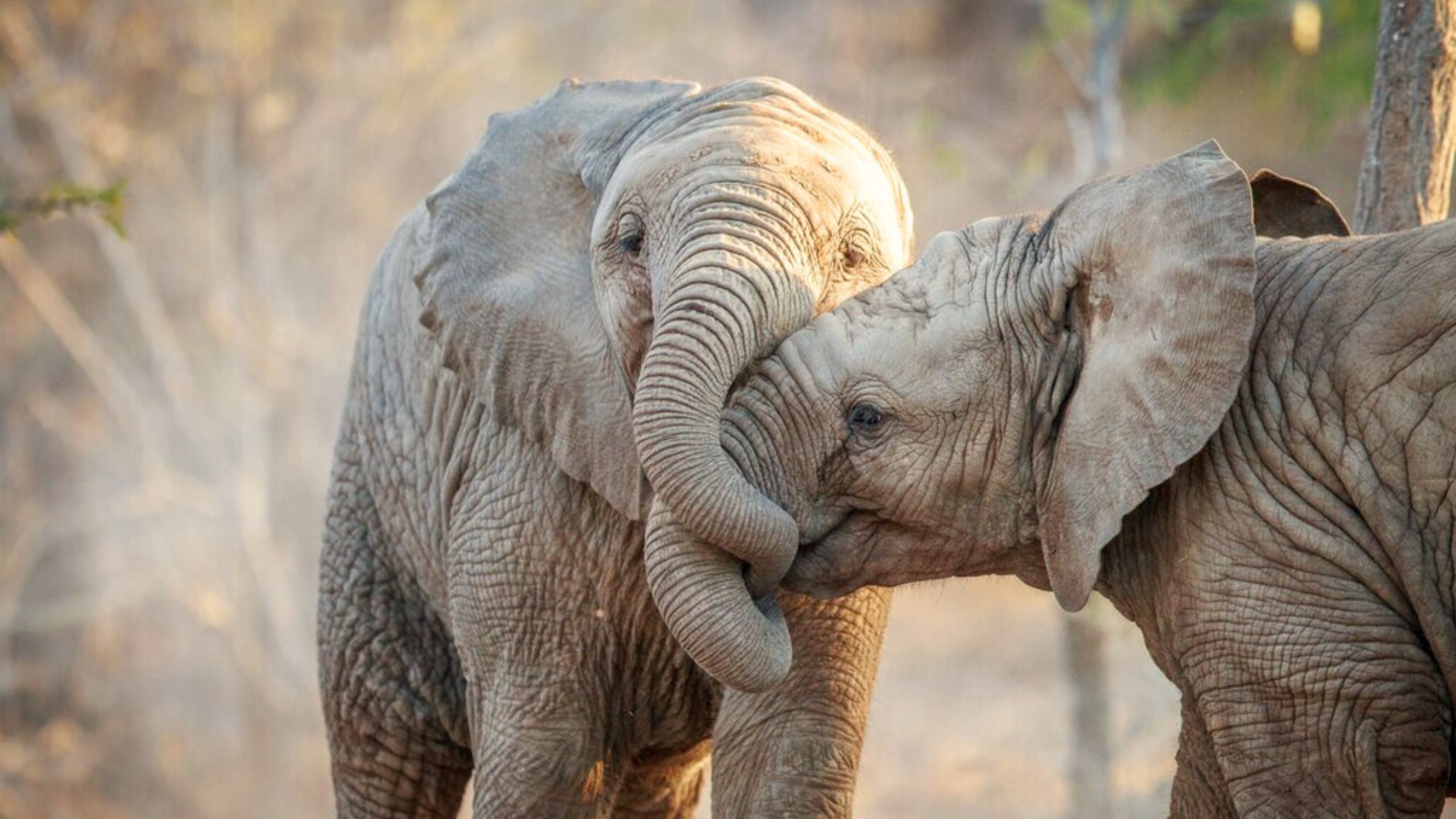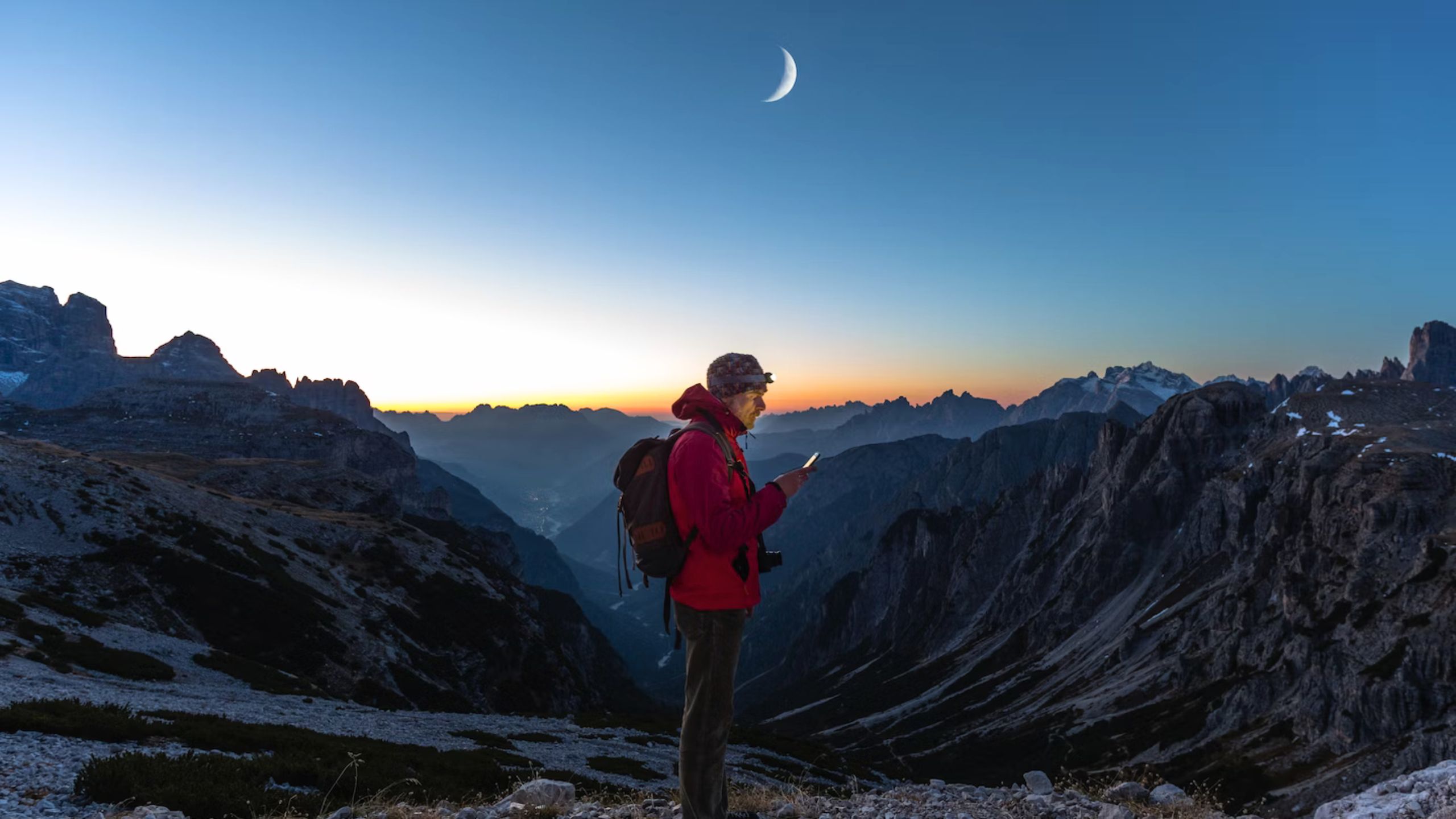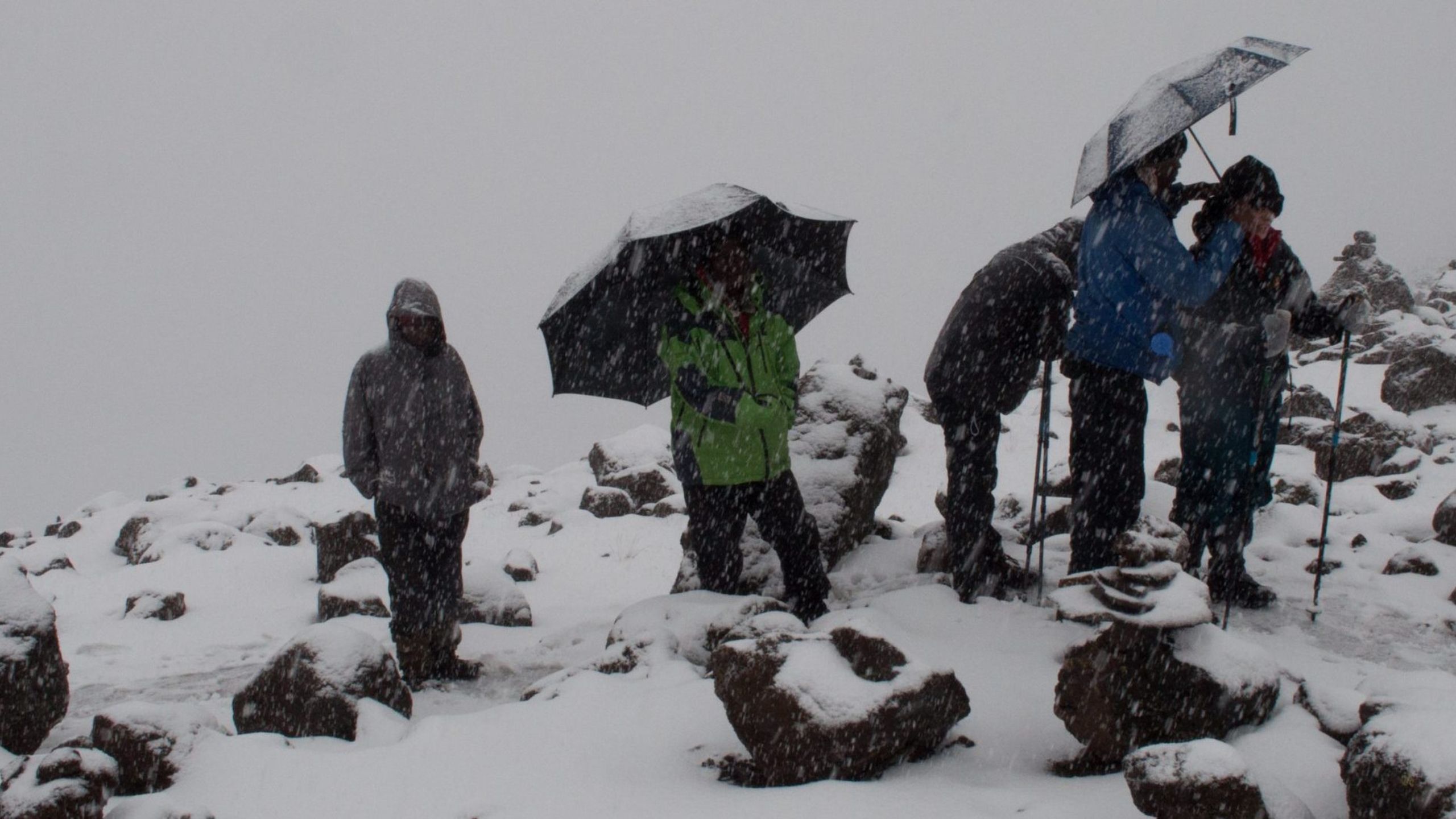9 Facts about Mount Kilimanjaro in 2023
Mount Kilimanjaro, located in northeastern Tanzania, is a world-renowned destination for climbers and outdoor enthusiasts. Rising to an impressive height of 5,895 meters (19,341 feet) above sea level, it attracts thousands of adventurers each year who embark on the journey to conquer its majestic summit.
Geographical and Geological Features:
Mount Kilimanjaro is a stratovolcano comprised of three distinct volcanic cones: Kibo, Mawenzi, and Shira. Kibo, the highest peak, is dormant but not extinct. Mawenzi and Shira are older and more eroded. The mountain is situated within Kilimanjaro National Park, a UNESCO World Heritage Site.

Climbing Routes:
There are several routes available to climbers, each varying in difficulty, duration, and scenic beauty. The most popular routes include:
a. Marangu Route: Also known as the “Coca-Cola” route, it is the oldest and most established trail. It features basic huts for accommodation and is often chosen by those seeking a shorter trek.
b. Machame Route: This route is known for its stunning scenery and diverse landscapes. It is a more challenging option but offers better acclimatization opportunities.
c. Lemosho Route: Regarded as one of the most scenic routes, Lemosho provides breathtaking views and lower traffic compared to other paths. It is ideal for those looking for a longer and more gradual ascent.
d. Rongai Route: This route approaches Kilimanjaro from the north, offering a unique perspective. It is less crowded and provides an excellent chance to spot wildlife.
e. Other Routes: Additional routes include the Umbwe Route, Shira Route, Northern Circuit, and Western Breach, each providing distinct experiences and challenges.
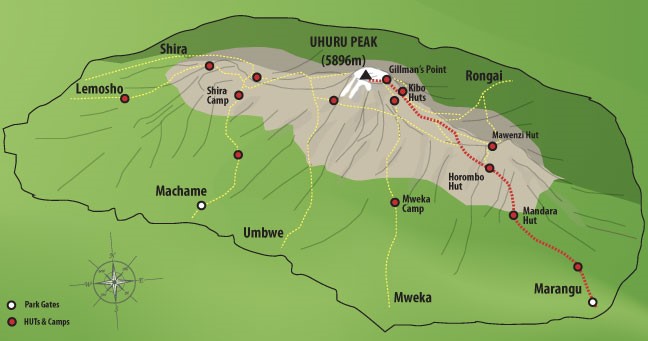
Climbing Challenges and Considerations:
Climbing Mount Kilimanjaro presents several challenges and considerations:
a. Altitude: The altitude is a significant factor that can affect climbers’ experience. Altitude sickness, including symptoms like headache, nausea, and fatigue, is a potential concern. Proper acclimatization and gradual ascent are crucial to minimize the risk.
b. Physical Fitness: Climbing Kilimanjaro requires a good level of physical fitness. Engaging in regular exercise and endurance training before the climb is highly recommended.
c. Weather and Temperature: The weather on Kilimanjaro can be unpredictable and varies with altitude. Climbers should be prepared for changing conditions, ranging from hot and humid at lower elevations to extremely cold temperatures and strong winds near the summit.
d. Safety Precautions: Climbers should adhere to safety guidelines, follow the instructions of experienced guides, and ensure they have appropriate gear, including proper clothing, equipment, and personal medications.
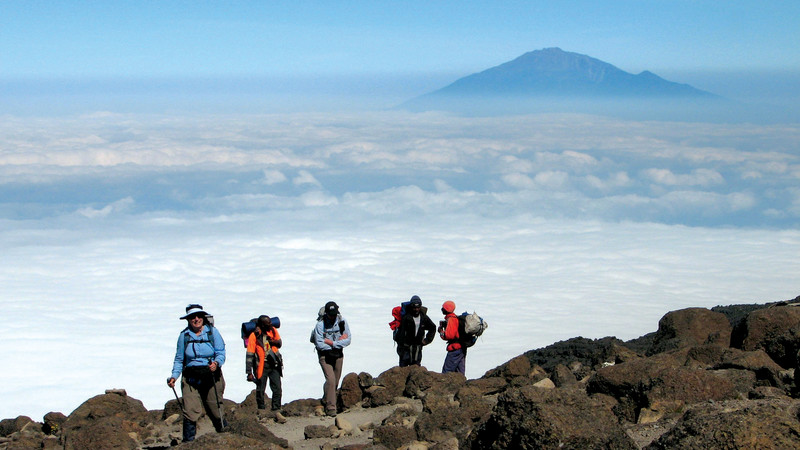
Scenic Highlights:
Climbing Kilimanjaro provides an array of breathtaking scenic highlights throughout the journey:
a. Rainforests: The lower slopes of Kilimanjaro are covered in lush rainforests filled with diverse flora and fauna. This section of the climb offers a rich display of vegetation, including towering trees, colorful flowers, and various animal species.
b. Moorland and Alpine Desert: As climbers ascend higher, the landscape transitions to moorland and alpine desert. These barren but fascinating regions are characterized by unique plants like giant lobelias and groundsels, with stunning vistas of the surrounding peaks.
c. Barranco Wall: The Barranco Wall, a challenging yet thrilling section of the climb, involves scaling a steep rock face. It offers exhilarating views and a sense of accomplishment upon reaching the top.
d. Stella Point and Uhuru Peak: Stella Point, situated on the crater rim, marks a significant milestone on the way to Uhuru Peak, the highest point on Kilimanjaro. Witnessing the sunrise from Stella Point and reaching the summit of Uhuru Peak are unforgettable moments for climbers.
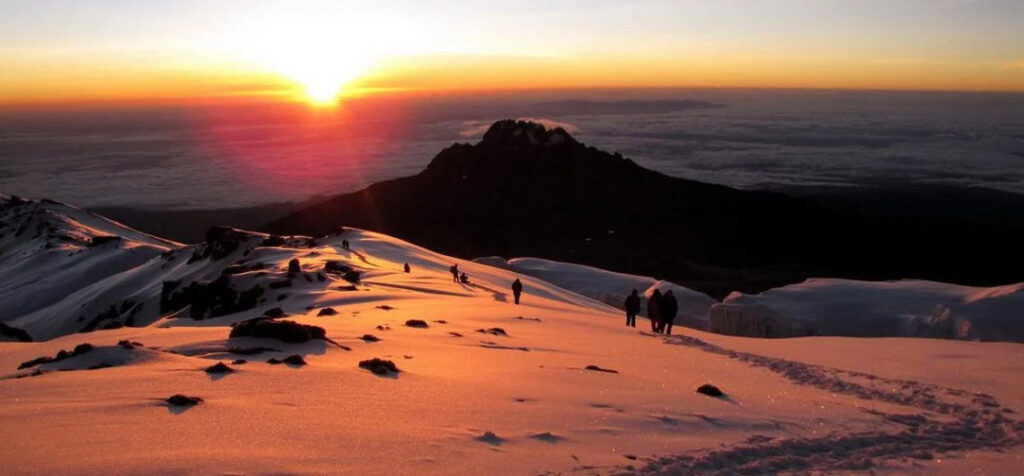
Flora and Fauna:
Mount Kilimanjaro is home to a variety of plant and animal species, despite the challenging conditions at higher elevations. The lower slopes support dense rainforests with diverse wildlife, including elephants, buffalos, monkeys, and numerous bird species. As climbers ascend, they encounter unique vegetation adapted to alpine environments, such as endemic Kilimanjaro plants.
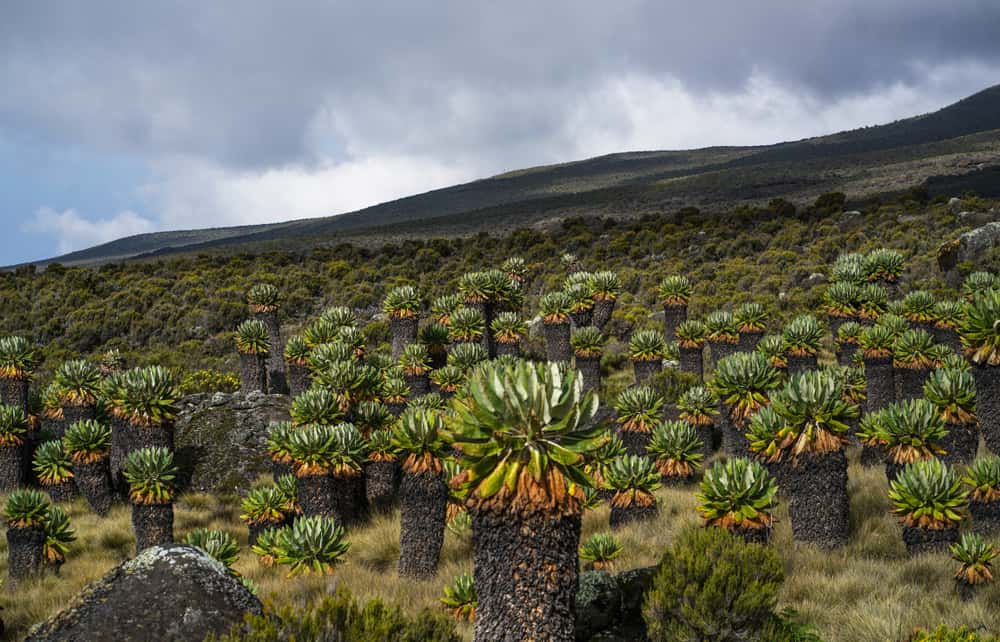
Cultural Significance:
Mount Kilimanjaro holds cultural significance for the local Chagga people, who consider it a sacred mountain. Their traditions and cultural practices add depth and meaning to the climbing experience, making it a journey of cultural exploration as well.
Conservation and Sustainable Practices:
Climbing Mount Kilimanjaro is an opportunity to support conservation efforts and sustainable tourism practices. Kilimanjaro National Park and various organizations are dedicated to preserving the mountain’s ecosystem and promoting responsible tourism.
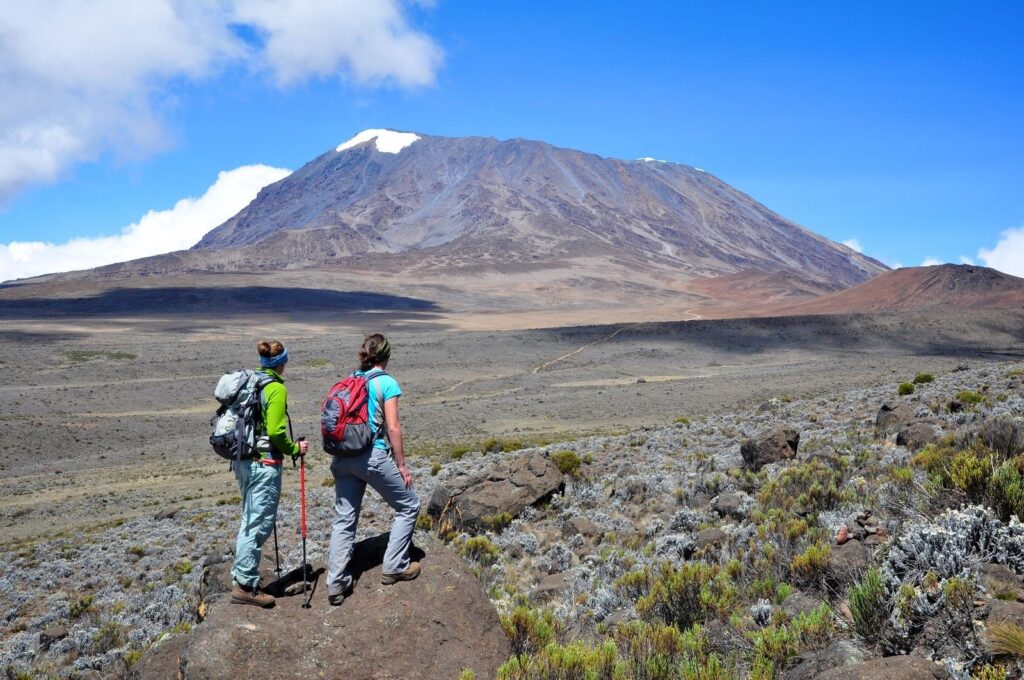
Best Time to Climb:
The best time to climb Kilimanjaro is during the dry seasons, which are generally from January to mid-March and from June to October. These periods offer better weather conditions and visibility, enhancing the overall climbing experience.
Summit Success Rate:
The success rate of reaching the summit varies depending on factors such as route, duration, and individual fitness and acclimatization. On average, the success rate hovers around 90-98%, but this can vary. Proper preparation, experienced guides, and adherence to safety guidelines significantly increase the chances of reaching the summit successfully.
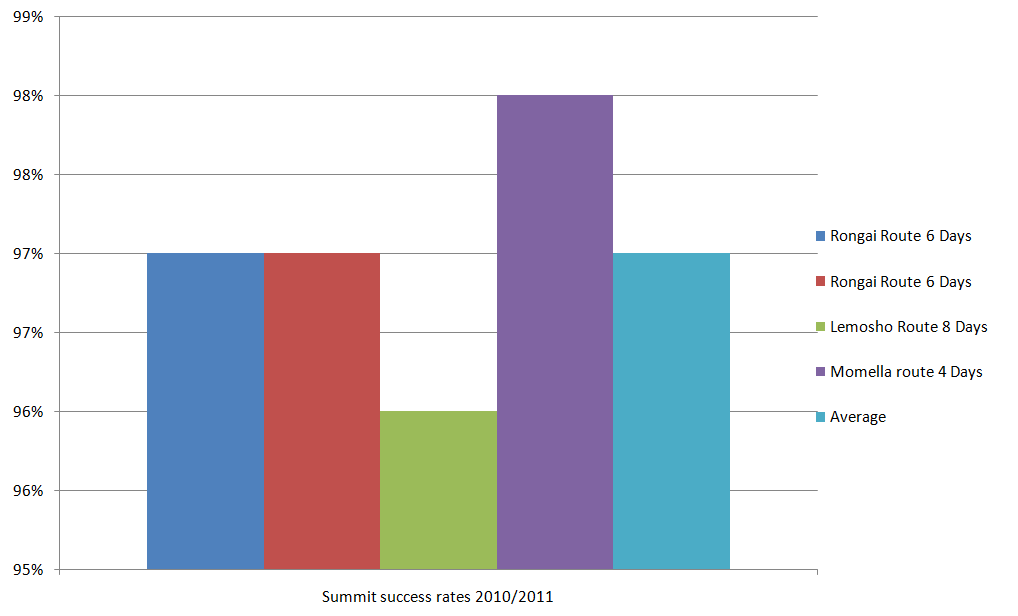
Climbing Mount Kilimanjaro is an incredible adventure that requires careful planning, physical and mental preparation, and the assistance of experienced guides and operators. It is a journey that combines breathtaking natural beauty, physical challenges, cultural immersion, and personal achievement, offering an unforgettable experience for those who choose to embark on this remarkable endeavor.


